Methods of proof презентация
Содержание
- 2. Some terminology A theorem is a statement that can be shown
- 3. Терминология We demonstrate that a theorem is true with a proof.
- 4. Some terminology The statements used in a proof can include
- 5. Some terminology Axioms may be stated using primitive terms that do
- 6. Some terminology Rules of inference, together with definitions of terms, are
- 7. Some terminology A less important theorem that is helpful in the
- 8. Some terminology A corollary is a theorem that can be established
- 9. Some terminology A conjecture is a statement that is being proposed
- 10. Methods of proof In practice, the proofs of theorems designed for
- 11. Methods of proof Informal proofs can often explain to humans why
- 12. Methods of proof The methods of proof discussed here are important
- 13. Methods of proof Consequently, understanding the techniques used in proofs is
- 14. Methods of proof Logical arguments are used to give us proofs
- 15. Methods of proof There are several standard methods of proof, including
- 16. Direct argument 1. Direct argument Assume is true and show
- 17. Contrapositive argument 2. Contrapositive argument Assume is false and show
- 18. Proof by contradiction 3. Proof by contradiction Assume is true
- 19. Example 1 Use a direct method of proof to show that
- 20. Example 2 Let n be a positive integer. Prove, using the
- 21. Example 3 Use a proof by contradiction to show that if
- 22. Example 3 Use a proof by contradiction to show that if
- 23. Mathematical induction In computing a program is said to be correct
- 24. Mathematical induction Consider the following recursive algorithm, intended to calculate the
- 25. Mathematical induction To see how the algorithm works consider the input
- 26. Mathematical induction The output is М = 8, which is correct.
- 27. Mathematical induction So does the algorithm for all lists of any
- 28. Mathematical induction By condition 1) the algorithm works for any list
- 29. Mathematical induction The principle of mathematical induction Let Р(n) be a
- 30. Mathematical induction Example 1 Prove, by induction, that for all n
- 31. Mathematical induction Assume now that 1+ 2 + … +
- 32. Mathematical induction Example 2 Prove, by induction, that 7n – 1
- 33. Mathematical induction Assume now that 7k – 1 is divisible by
- 34. Mathematical induction Example 3 A sequence of integers x1, x2,
- 35. Mathematical induction Assume now that xk = (2k – 1)2 for
- 36. Скачать презентацию









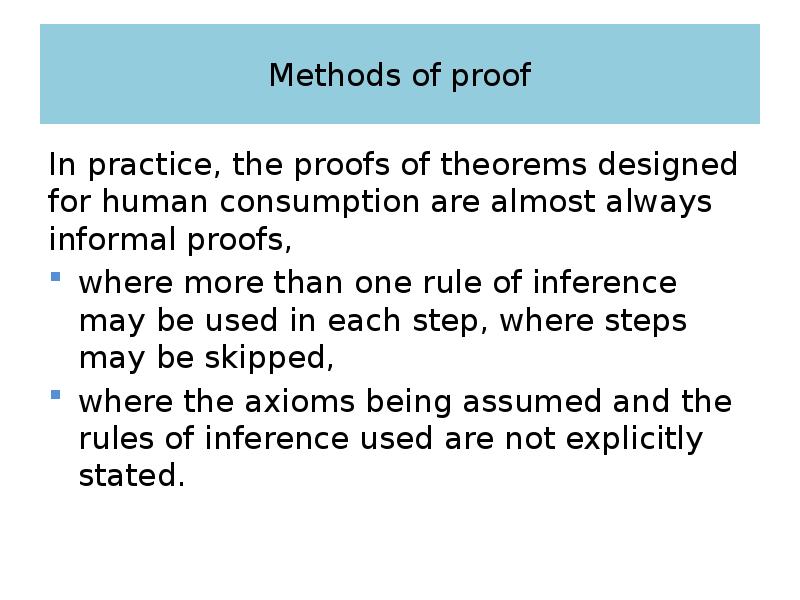
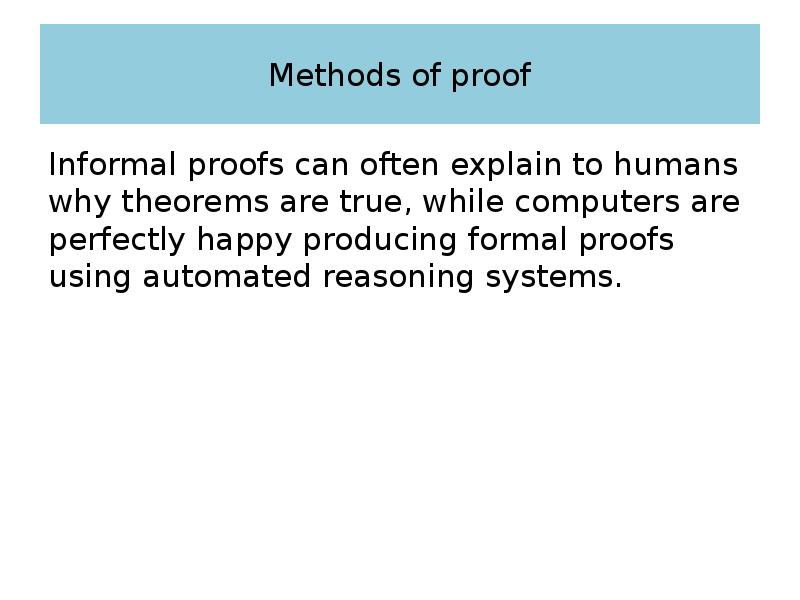
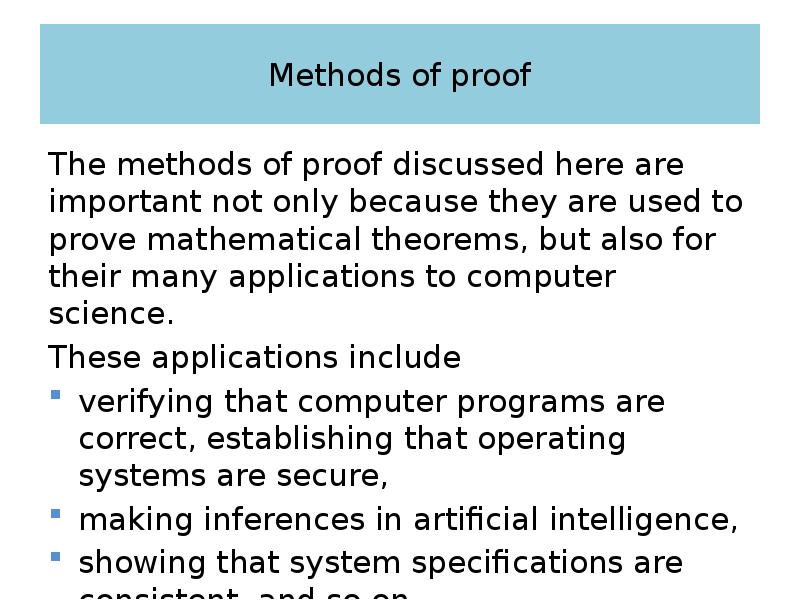
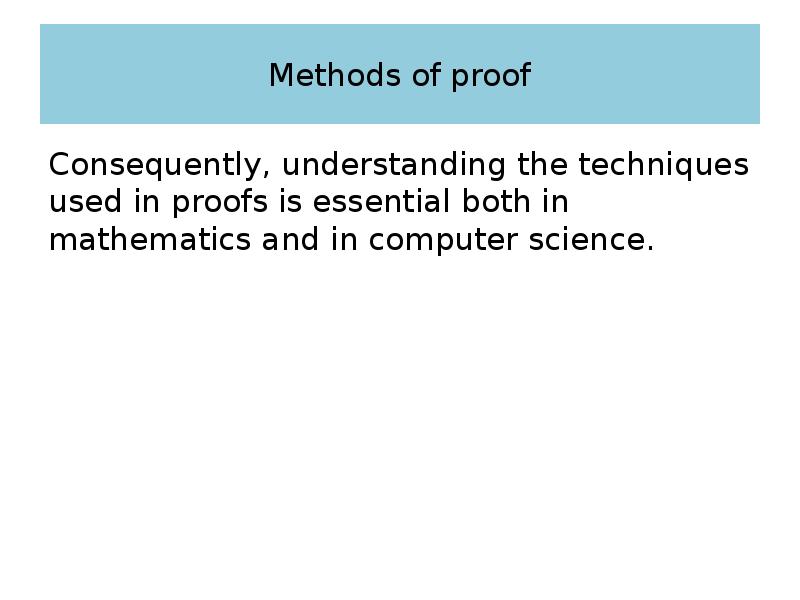
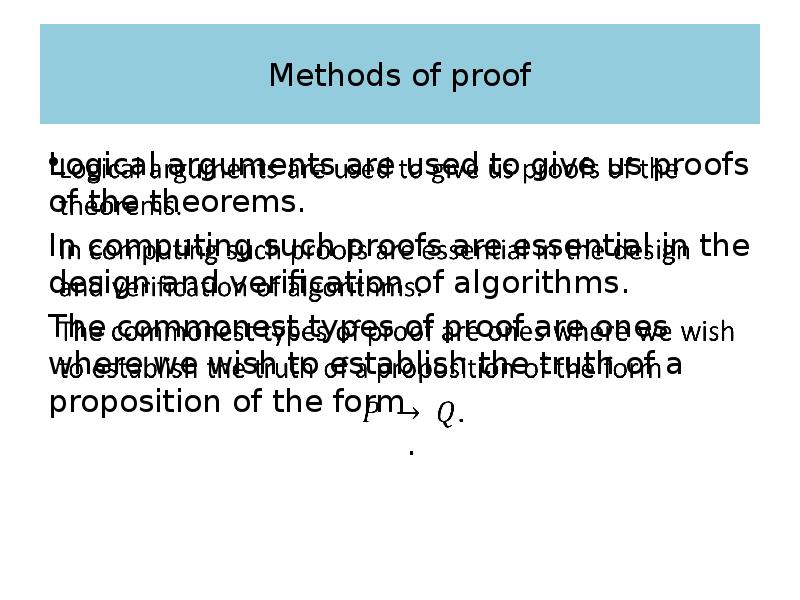
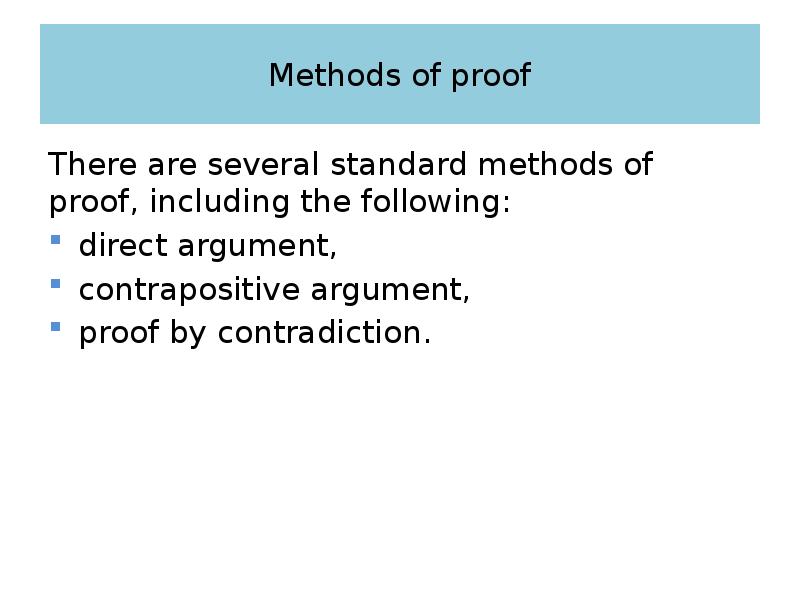
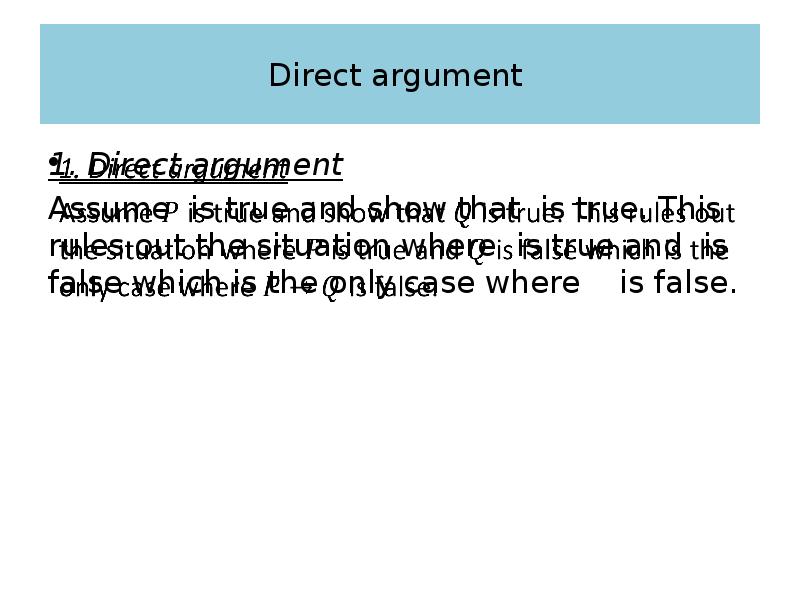
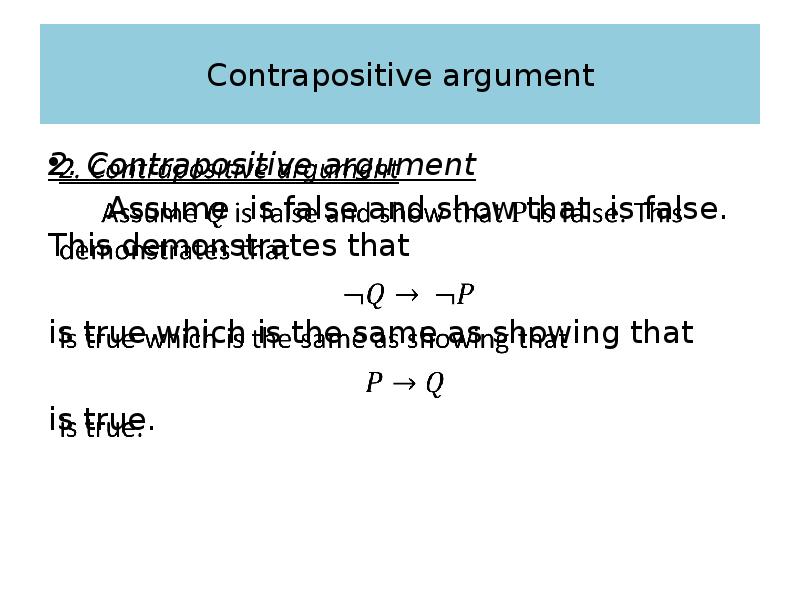
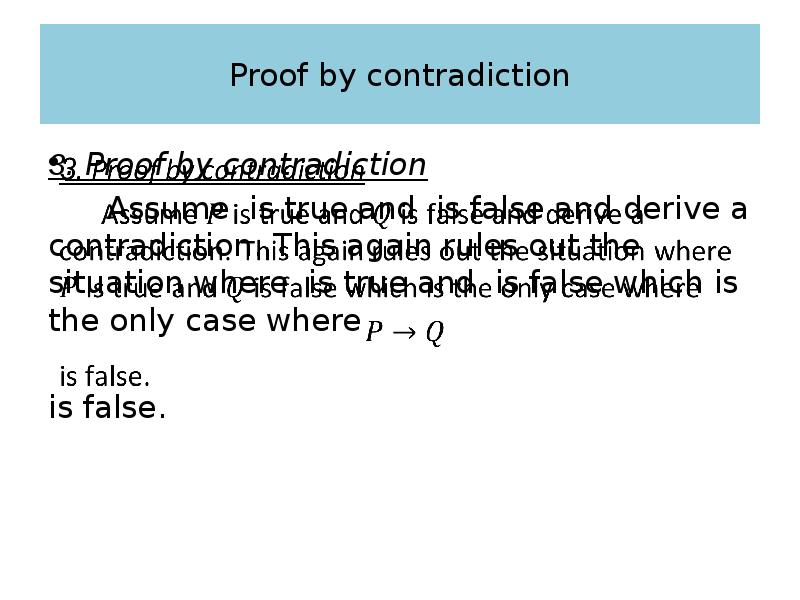
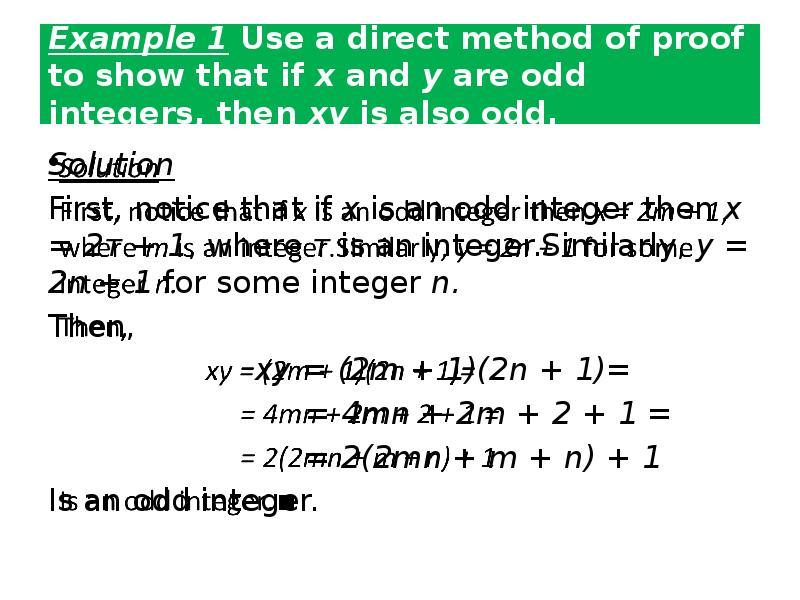

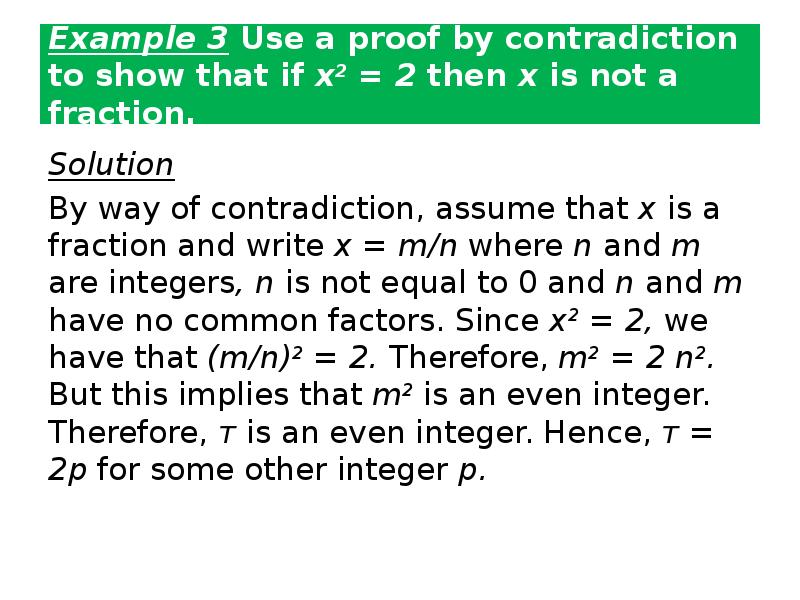
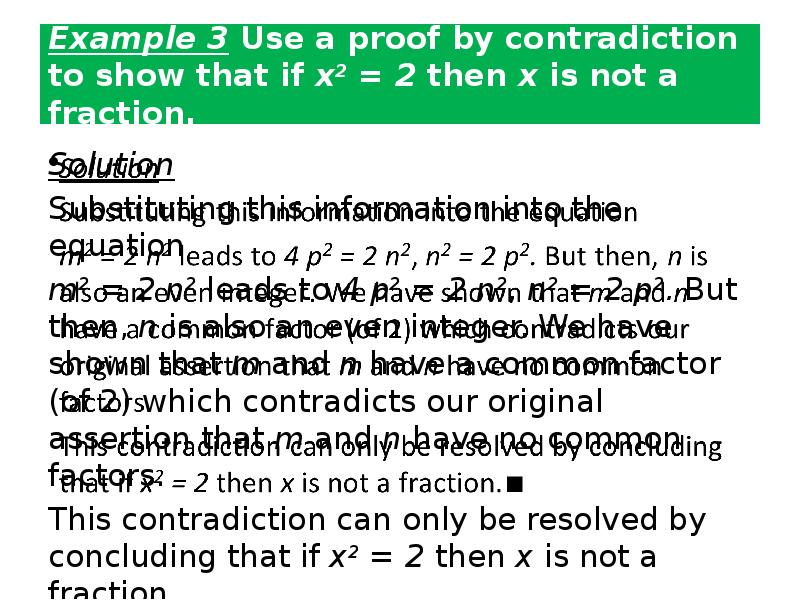
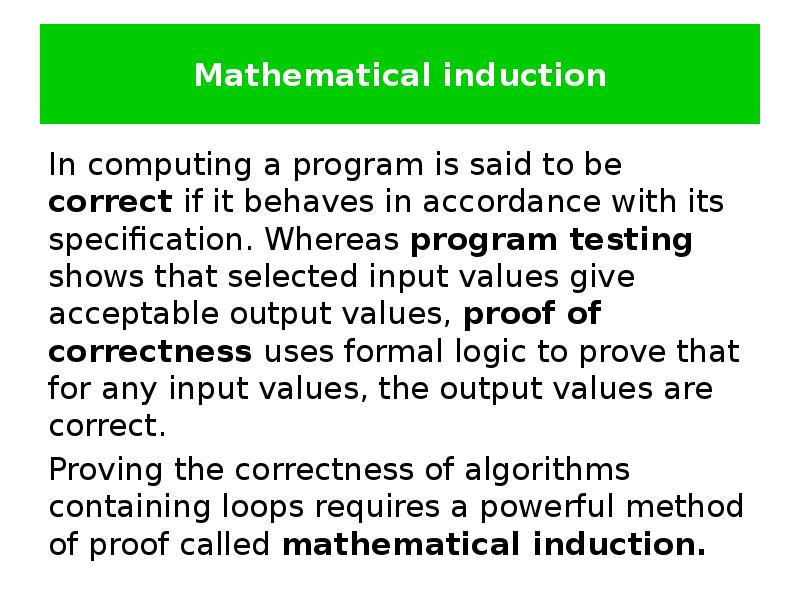
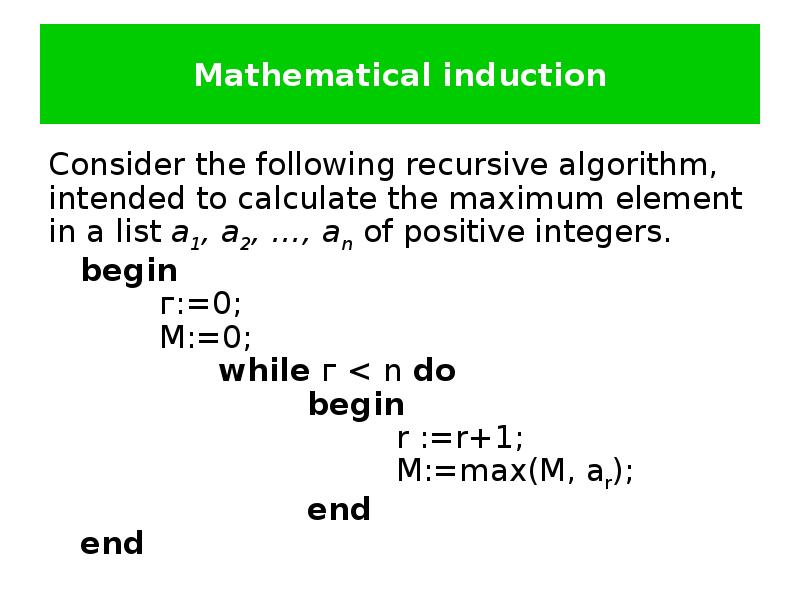
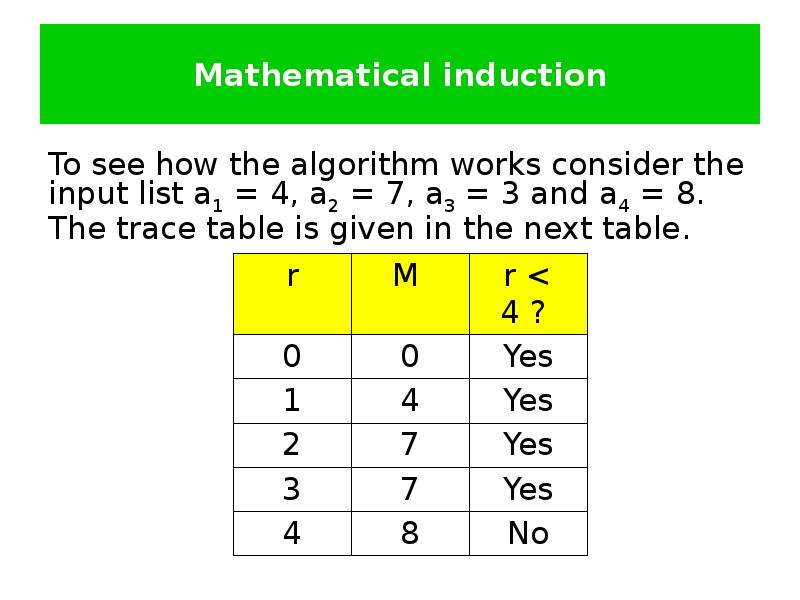

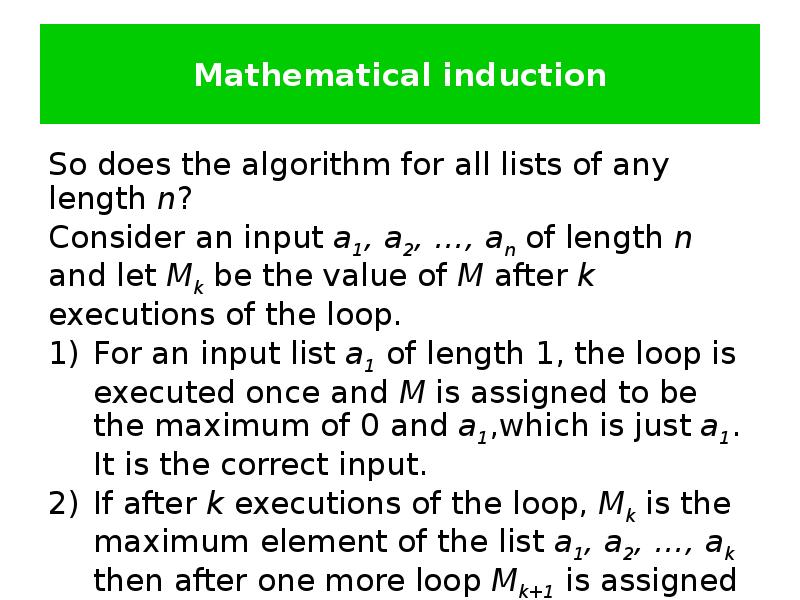
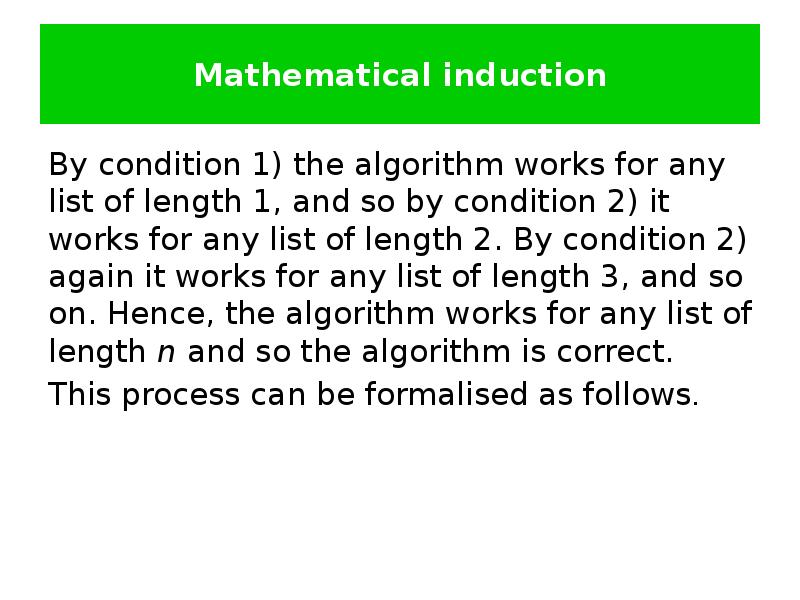
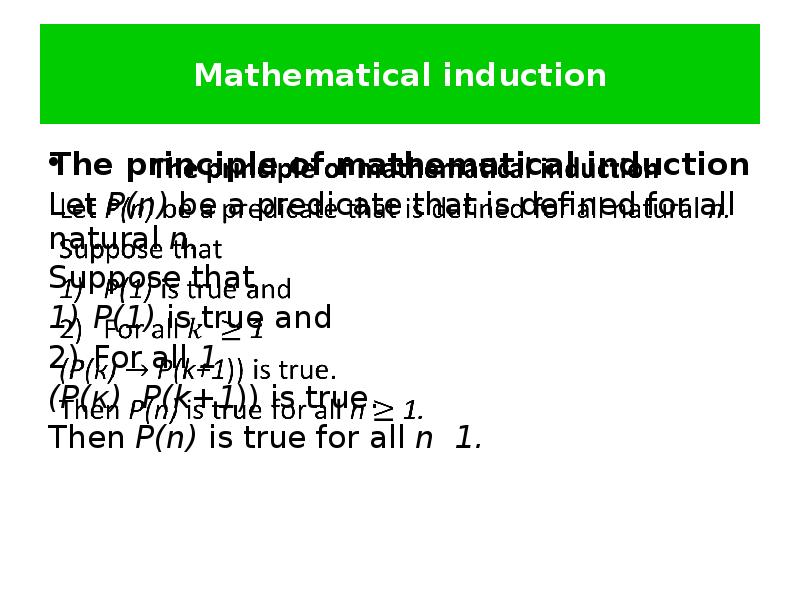
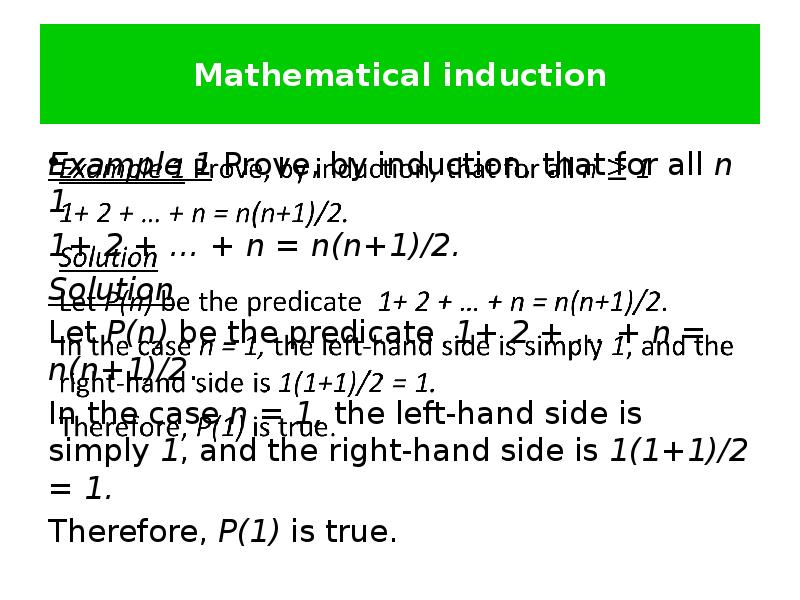
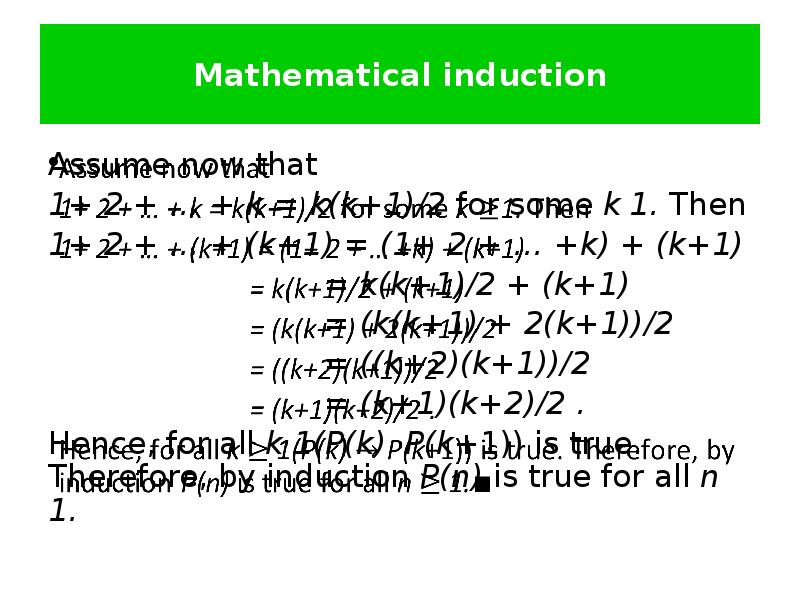
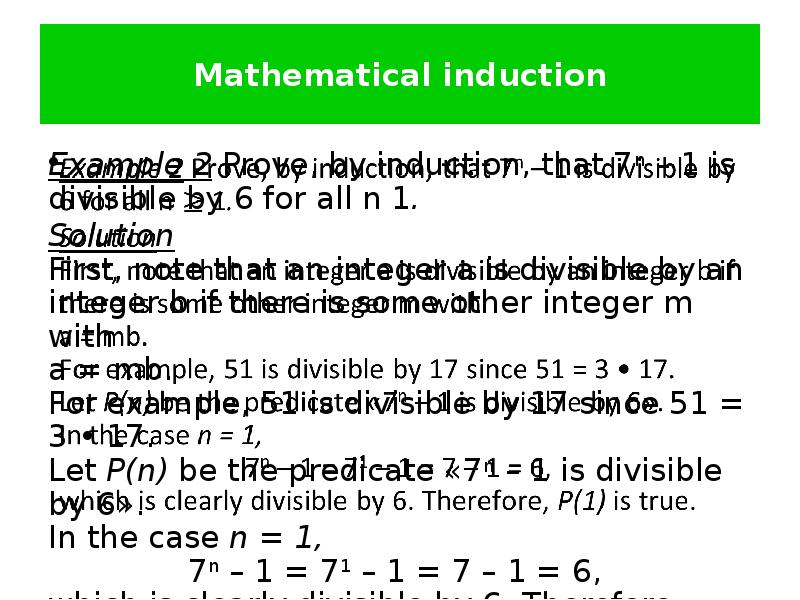
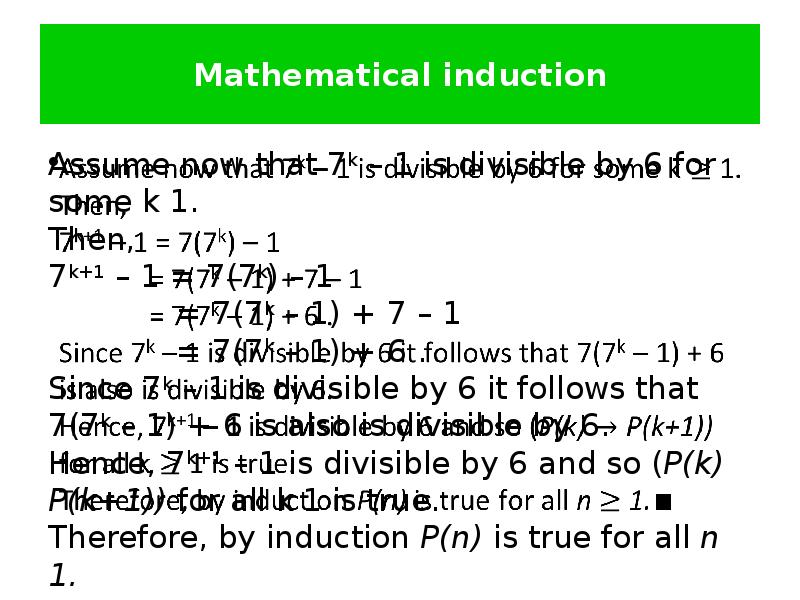
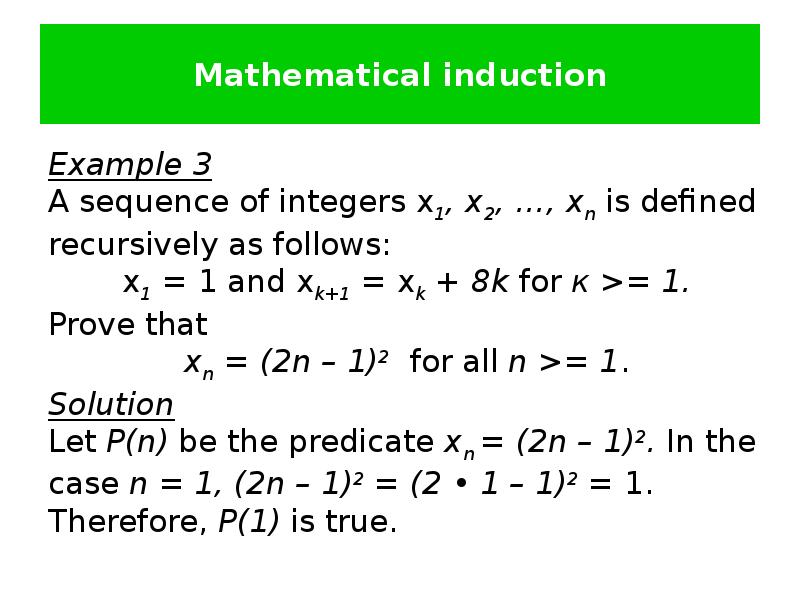
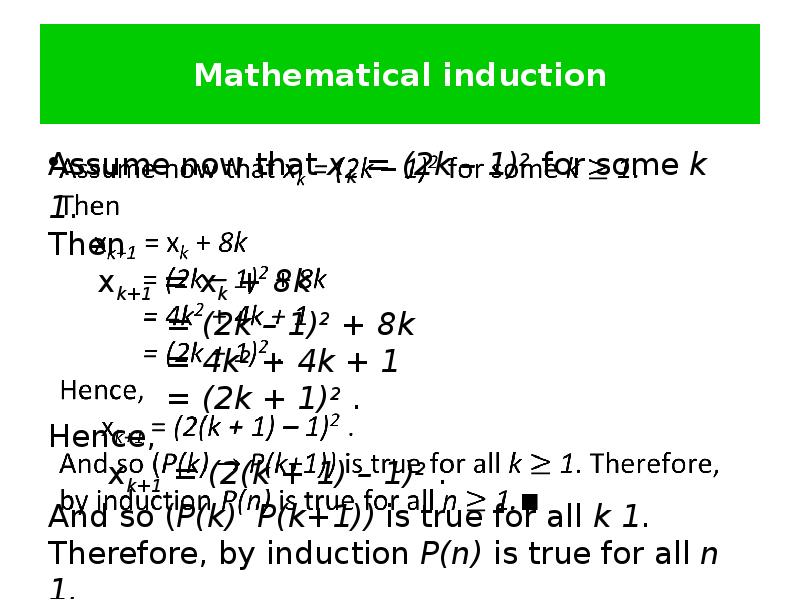
Слайды и текст этой презентации
Похожие презентации





























